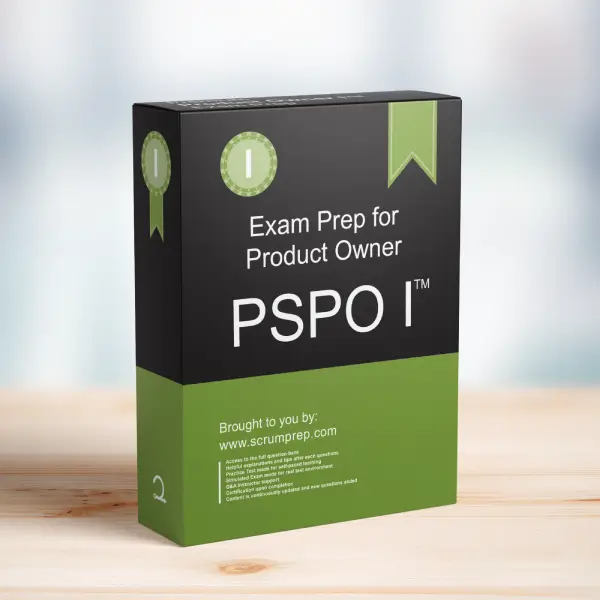Pre-conditions for Starting Sprint Planning
Understanding the necessary conditions to begin Sprint Planning is crucial for ensuring the Scrum process runs smoothly and effectively.
Exam Question
What pre-conditions must be fulfilled in order to allow Sprint Planning to begin?
(choose the best answer)
- A. A fully refined Product Backlog
- B. Formal budget approval to conduct another Sprint
- C. A clear and non-negotiable Sprint Goal
- D. A clear but negotiable business objective for the Sprint
- E. Enough “Ready” Product Backlog to fill the Sprint
- F. There are no such pre-conditions
Correct Answer
F. There are no such pre-conditions
Explanation
In Scrum, there are no strict pre-conditions that must be met before Sprint Planning can begin. The framework is designed to be flexible and adaptive, allowing teams to inspect and adapt as needed.
Why F is Correct
- No Strict Pre-conditions: The Scrum framework does not mandate specific pre-conditions for starting Sprint Planning. The process is iterative and incremental, focusing on continuous improvement and adaptation.
- Flexible and Adaptive: Scrum encourages teams to be flexible and adaptive, addressing challenges and opportunities as they arise during Sprint Planning and throughout the Sprint.
Incorrect Options
- A. A fully refined Product Backlog: While having a well-refined Product Backlog is beneficial, it is not a mandatory pre-condition. The Product Backlog is continuously refined and updated.
- B. Formal budget approval to conduct another Sprint: Budget approval is not a pre-condition for Sprint Planning. Scrum focuses on delivering value incrementally and continuously.
- C. A clear and non-negotiable Sprint Goal: The Sprint Goal is created during Sprint Planning and is based on the Product Backlog items selected for the Sprint.
- D. A clear but negotiable business objective for the Sprint: While having a business objective is helpful, it is not a strict pre-condition. The objective is discussed and refined during Sprint Planning.
- E. Enough “Ready” Product Backlog to fill the Sprint: Having “Ready” Product Backlog items is useful, but it is not a pre-condition. Teams can start with what they have and refine items as needed during the Sprint.
Responsibilities in Scrum
- Product Owner: The Product Owner works with the Developers to ensure the Product Backlog is well-ordered and refined, but there are no strict requirements to meet before Sprint Planning.
- Scrum Master: The Scrum Master facilitates the Sprint Planning meeting, ensuring the team understands the process and can effectively create the Sprint Goal and Sprint Backlog.
- Developers: The Developers select the Product Backlog items they believe they can complete during the Sprint and collaborate with the Product Owner to set the Sprint Goal.
Relevance to the PSPO I Exam
Understanding that there are no strict pre-conditions for starting Sprint Planning is essential for the PSPO I exam. This knowledge helps Product Owners and Scrum Masters facilitate effective Sprint Planning meetings without being constrained by unnecessary requirements.
Key Takeaways
- Scrum does not have strict pre-conditions for starting Sprint Planning.
- The process is flexible and adaptive, focusing on continuous improvement.
- Teams should work with what they have and refine as they progress.
Conclusion
There are no strict pre-conditions for beginning Sprint Planning in Scrum. The framework is designed to be flexible and adaptive, allowing teams to start with what they have and continuously refine and improve. For comprehensive preparation and practice exams, check out PSPO I Exam Prep to enhance your understanding and application of Scrum principles.



